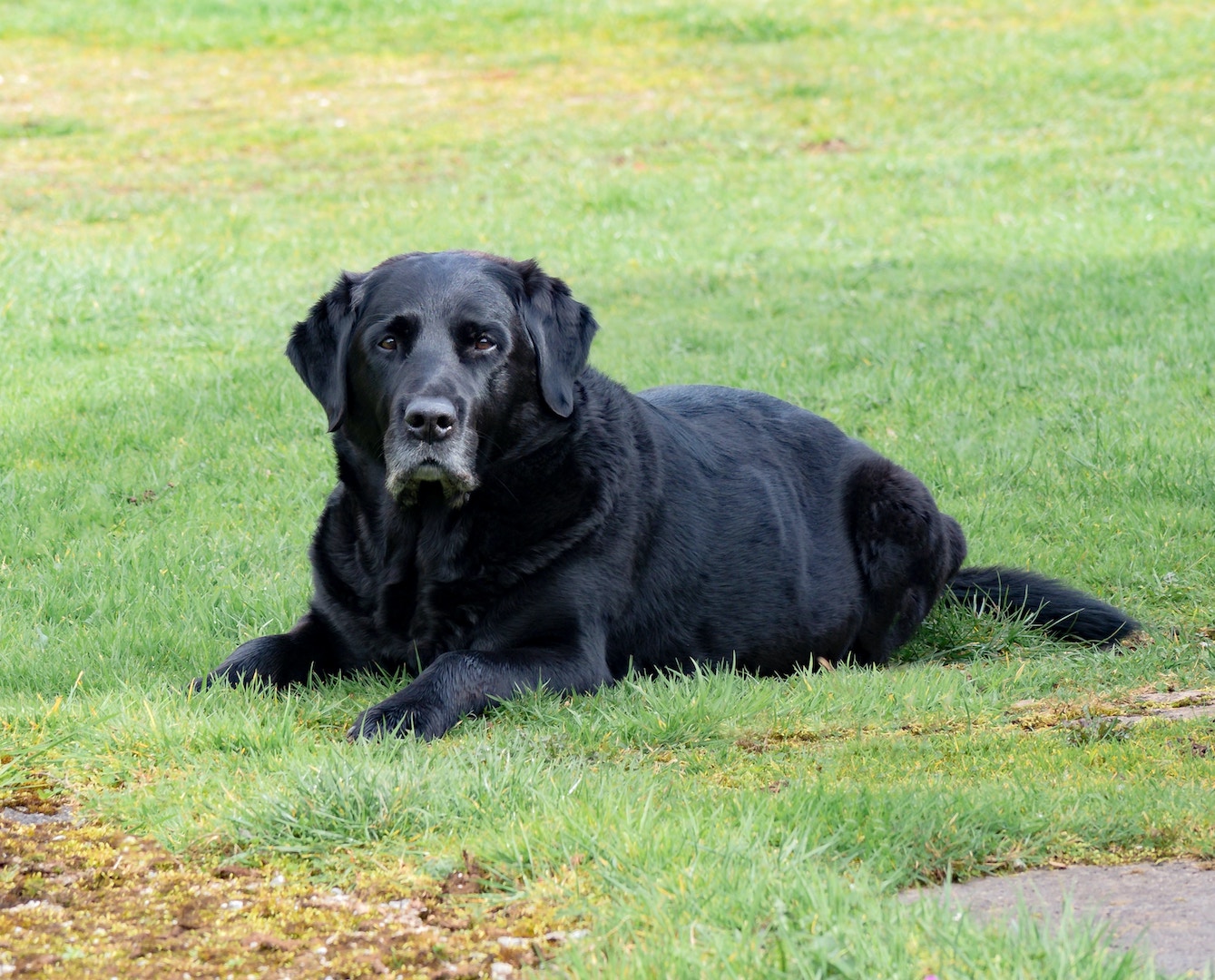Written by Anushka Bose
The writing process can be intimidating and daunting, whether you are writing for academia, a journal, or a blog. As writers, it’s not uncommon to build an inner tyrant that sets high ideals for ourselves and criticizes our own writing like a pile of trash. This can sometimes make the process demoralizing, especially when it comes to writing first drafts, which are usually not great. But, there is immense value in those initial drafts, as it provides the writer with fertile ground for thoughts to develop. Follow me as I show you how to write a first draft—by allowing it to be bad.
What If Writing a First Draft Was Easy?
What would it look like if it were easy? I ask myself, as I stare at the screen with words scattered around the page. My thoughts are stuck in a loop; I am unable to find a resolution.
Continuously asking yourself the question, “what would this look like if it were easy?” helps you break down the splendor of a first draft and gradually expose you to the vulnerability of your thoughts: then you form a bad first draft. But, bad first drafts also lead to discovery and imagination. In the depth of the woods, where the boundaries disappear and the chatter gets louder, the discovery in the wilderness of our own thoughts gives us glimmers of the shiny cottage afar, guiding our path.
I ask that question to myself often, especially when I am procrastinating. The procrastination stems from fear, fear of not being able to meet the standards of the tyrant I created in the process. Then I wonder, why am I making it so difficult for myself? What would this task look like if it were easy?
I answer that question by simply starting to write. Buried underneath the rubble of jumbled words and fragmented thoughts, lays a gleam of the inspirational wonder of a first draft that helps us stumble forward.
How to Write a First Draft: Just Write
Writing is an art that is so beautiful yet so complex that sometimes reaching the zenith of the task—a paper, a blog, or an email—feels like a distant idea.
As a graduate student in a writing-intensive program, I have to write many papers. Since there are guidelines and rubrics for such assignments, it’s not hard to create an organized outline that you can follow. The process begins with some stumbling, but there is an order in the process. It’s operated on a reward system: a grade offers you a sense of belonging in the process and you have a reference point.
When you write creatively, the process is full of chaos. There are submerged thoughts that you want to realize and bring to fruition. Sometimes there are thoughts you have no idea how to articulate. There is no reward process because of its sheer subjectivity. One person may love it and another might not think twice about it. In creative writing, the outcome is completely out of your control—but there’s beauty in that uncertainty.
When you write without a rubric, without wondering what the subjective “reward” will be, without the expectation that it will impact someone, you end up writing with a great deal of veracity and rawness. This ultimately creates your mark. It creates your footprint as a writer.
This is exactly how first drafts manifest themselves. Instead of fixating on what the criterion of the draft should be, and strangulating the writing process to create structure, I ask myself, what would it look like if this were easy? For me, the answer is found in the phrase: just write.
Just write. It sounds like a hackneyed phrase, but I promise there is truth in this cliché.
The Trickster and the Master
As I learned from Jordan Peterson, there is a theory in Jungian psychology of the trickster being the forerunner to the savior or the master. The trickster is usually a comedian, a fool. Meaning you are a fool when you attempt something new. As Peterson says, “if you are not willing to be a fool then you’ll never start anything new; and if you never start anything new, you’ll never develop. The willingness to be a fool is the precursor to transformation.”
That idea has resonated deeply with me. As I craft my personal statement for doctorate program applications, I have engaged in countless conversations with academics. I have asked questions, narrated my research ideas, and welcomed their feedback. The research question I have brewing now is much stronger than the one that I was developing a month or two ago. Why? Because I allowed myself to create movement in the thought process, to learn and recalibrate. In the willingness to be a fool, I stumbled around my fragmented thoughts and gained momentum in the creative process. As a result, my thoughts started to solidify and gain structure. Elizabeth Gilbert outlines the creative process in her renowned TED talk:
Sometimes, I have embarrassed myself. I thought, oh maybe that was a stupid question to ask, or oh no, I just made a fool of my myself by saying that. Even If I did at that moment, in retrospect, I didn’t. It’s the exact vulnerability of being a fool in the process that helped me become more aware of what it is I want to study. How I can craft those research interests and lay them out in my statement of purpose.
The conversations, although at times intimidating, created motion in the thought process. Stumbling through the rocks, snakes, and untaken paths, I began to find my way through the woods. Thus, the principle behind writing a bad first draft not only applies to the literal act of writing, but also in other acts of doing, speaking, and being. It’s common to second guess ourselves in our endeavors, but it is through these bad drafts that we build our stories, and thereby, our legacy.
Writing and Stumbling Around
For example, imagine learning a new instrument. When you start to play the piano, you play terribly and stumble through the keys. You are lost in the grandness of the forest, and for every route you take, there are snakes in the way. There is a lot of frustration in the process. But if you listen carefully, in the rift of discordant sounds, there are flickers of harmony that emerge. With practice, those flickers turn into a routine. Your transition from being the fool to the master. When I say master, I don’t mean it with grandiosity—not like you are the expert, but that you act with confidence. You find a state of feeling proficient in the task.
The message resonates. Writing a bad first draft means you have to fumble around the infancy of the process to learn something new. As you stumble, you stumble forward.
My Writing Journey
My writing journey also began with me stumbling around. I look back at some of my old work and think, I wrote that? I sound ridiculous! Yet, through each phase in my writing journey, I began to elevate my voice and slowly, very slowly, create my footprint. Then came a point where I felt stuck. At the time, I was struggling with a blockade in my writing journey. I kept thinking, this is not good, how can I elevate my voice? I need something new, some fresh advice.
In the summer of 2019, I reached out to Arianna Huffington, the founder of the Huffington Post and Thrive Global. (Yes, I actually wrote her an email!) A friend had told me that Arianna Huffington once wrote that anyone is welcome to email her. But, I was anxious at first. Should I reach out? Why would she care to give me feedback?
Then I thought, what would this look like if it were easy? I figured that it would be easy if I thought of writing to her like I was writing an email to a friend. I removed the grandiosity of the task and approached it calmly. That removed the anxiety in reaching out. To my delightful surprise, she wrote back kindly and invited me to write for her platform.
That’s how I began to write for Thrive Global. I was willing to be a fool, stumble through the process, and had some crazy, midnight gutsy idea that I should email Arianna Huffington. Little does she know, Huffington helped me believe in myself again. She valued my bad first draft, which took shape in my email, sounding scatterbrained and excited at the same time.
Beneath the scatter and the frazzle, there was passion and desire. She saw that. And it turns out, her platform, Thrive Global, is dedicated to the very thing I was experiencing: burnout. I wasn’t able to tap into my creative space because I was emotionally burnt out. My grandmother was sick and I knew she was going to leave the world soon. So, I got stuck between the thorns of grief. Her belief in me sprouted my imagination. As I wrote, I rediscovered my voice.
Breaking Down the Draft
As I read in Anne Lammot’s thrilling novel, Bird by Bird, E.L. Doctorow, an American novelist, described this process well. He said that “writing a novel is like driving a car at night. You can see only as far as your headlights, but you can make the whole trip that way.’ You don’t have to see where you’re going, you don’t have to see your destination or everything you will pass along the way. You just have to see two or three feet ahead of you.”
I can’t think of a more accurate statement. It’s analogous to what Lamott’s novel, Bird by Bird, is all about—breaking down the overwhelming task in front of you. In the novel, she describes the sentiment behind the title. It emerged from how her 10-year-old brother had to get a report written about birds due the next night. He had not opened the books and was on the brink of tears due to the enormity of the task. That’s when her dad stepped in, put his arm around her brother, and said, ‘Bird by bird, buddy. Just take it bird by bird.”
To put it simply, start small. Just write. Start by writing your crude thoughts onto the paper. Let the vulnerability of your emotions take you to the next three feet. Then the next three feet.
The Forest of Chaos
Are we out of the woods? isn’t just an amazing lyric by Taylor Swift, but it’s also a question I wonder about in the writing process when I feel suffocated by a lack of clarity.
I know what it feels like to write while you are frazzled. When you’re frazzled, you feel rootless, ungrounded, and all over the place. The thorns of the feathering words that you choose seem to prick you. There are wildfires from the dryness of your sentences. Part of me used to hate this frazzled feeling. But, I realized the uncoated thoughts I was narrating by just writing were analgesic to the fear of not bringing words to life.
I realized that being lost in the forest of chaos wasn’t so scary after all because, in a forest, you are surrounded by trees. Trees give you oxygen. Similarly, navigating your dispersed thoughts is not threatening. The oxygen gives the words life and allows them to transform.
It was in the very act of writing from a place of frazzle that I got the inspiration for the next three feet. I allowed some thoughts to die, and I used the shift in ideas to elevate my writing. It’s a phoenix-like process, of being born again and rising from the ash with magnificent power.
Thus, the forest of chaos isn’t always bad. Chaos allows you to write from the emotional center of things, to blurt out the subconscious and the conscious. Then order steps in and cleans up the process by adding structure and filtering the ideas. Most of the order happens in the editing process—that’s when the crude ideas get refined. The first draft is simply putting your thoughts on the page.
The Right Ratio of Chaos
You might wonder, what is the right ratio of chaos to order, then? The answer is, to each their own. Every writer operates with slightly different terms and conditions that they subconsciously outline along the way.
The subversive nature of writing allows us to craft our own footprint, our own way of reaching the world.
Like the hummingbird in the parable that is carrying water to save the burning forest, its habitat, writers have the same determination in them. The forest being the grandeur of their own thoughts, and the water being words, writers have the capability to save their own habitat, the blank page, through unrefined words that transcend into grounded thoughts. It all begins with writing the first bad draft.
About the Author
Anushka Bose is a Graduate Student at the Josef Korbel School of International Studies at the University of Denver. Writing is her favorite hobby, as it helps her bring stories and reflections into life. She enjoys reading and writing on personal growth, health and wellness, and expat life. She considers her third-culture-kid identity to have played a big role in developing her character, where despite all the differences we have, there is always some similarity to be found. When she’s not writing or immersed in the doings of grad school, she appreciates spending time in Colorado’s beauty, music, playing volleyball, and a good sense of humor. You can connect with her on Twitter and LinkedIn.


















